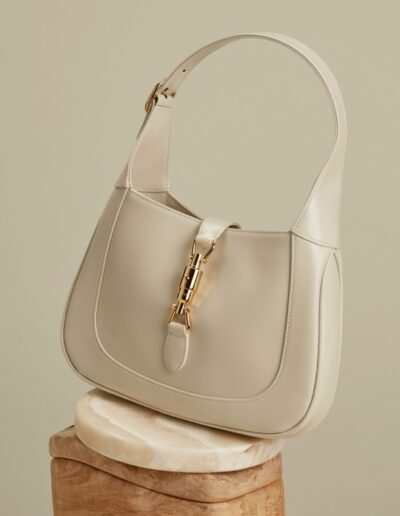BASIC & CARE
Handbag 101:
Proper Stuffing Techniques
By Koyaana R. March 27, 2020

Overlooked and rarely contemplated is the act of stuffing.
It’s essential to proper handbag care and storage and widely discussed among the bag lover community, although there is constant speculation about best stuffing practices. Rebag is here to put this discussion to rest and to offer a comprehensive breakdown of when and how best to do it. When in doubt: just stuff it.
Why Do I Need To Stuff?
Stuffing your handbag is akin to cleaning it and is necessary to prolong its life. Depending on the structure and material of your bag, stuffing provides support and reinforcement when a bag may otherwise slump, fall, or soften in storage over time. Stuffing can also provide a better, set shape. When a bag lacks structure, stuffing it can expand excess material, preventing creasing and allowing a bag’s material to remain smooth.
When Do I Stuff?
A common question is, “When do I need to stuff my bag?” This is entirely dependent upon the bag itself. No bag is the same, and each has its own needs.
Foldable, packable bags do not require stuffing. However, even though these items are intended to be stored flat by their manufacturers, stuffing is recommended. Here’s why: after being folded in storage for a prolonged period of time, imagine pulling it out and realizing there is a significant crease across the length of your bag that is noticeable when worn. Not ideal. It is possible that this crease will diminish while in use, but is not guaranteed.

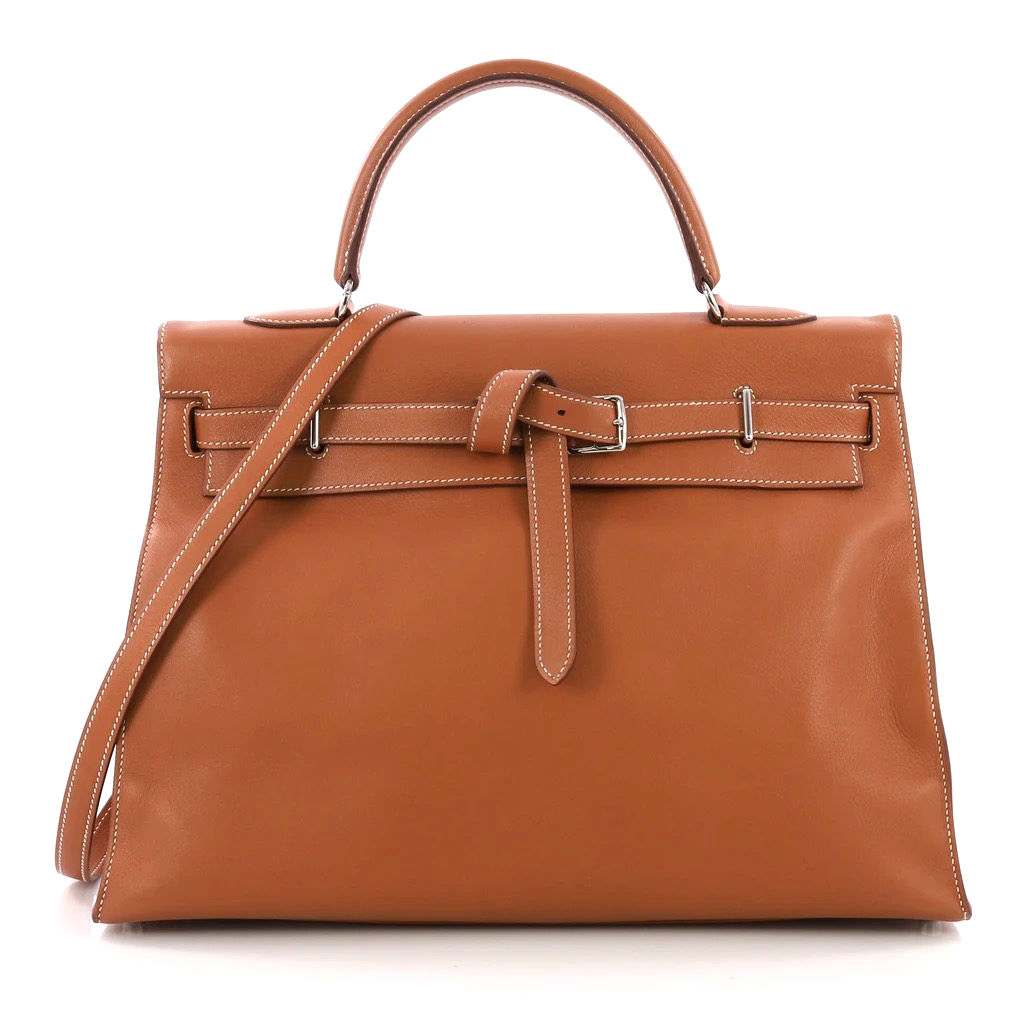
Soft bags and totes will require a larger amount of stuffing or custom purse pillows. These bags have no way of standing on their own and cannot support themselves in storage. These bags are the most at risk for creasing and misshaping.
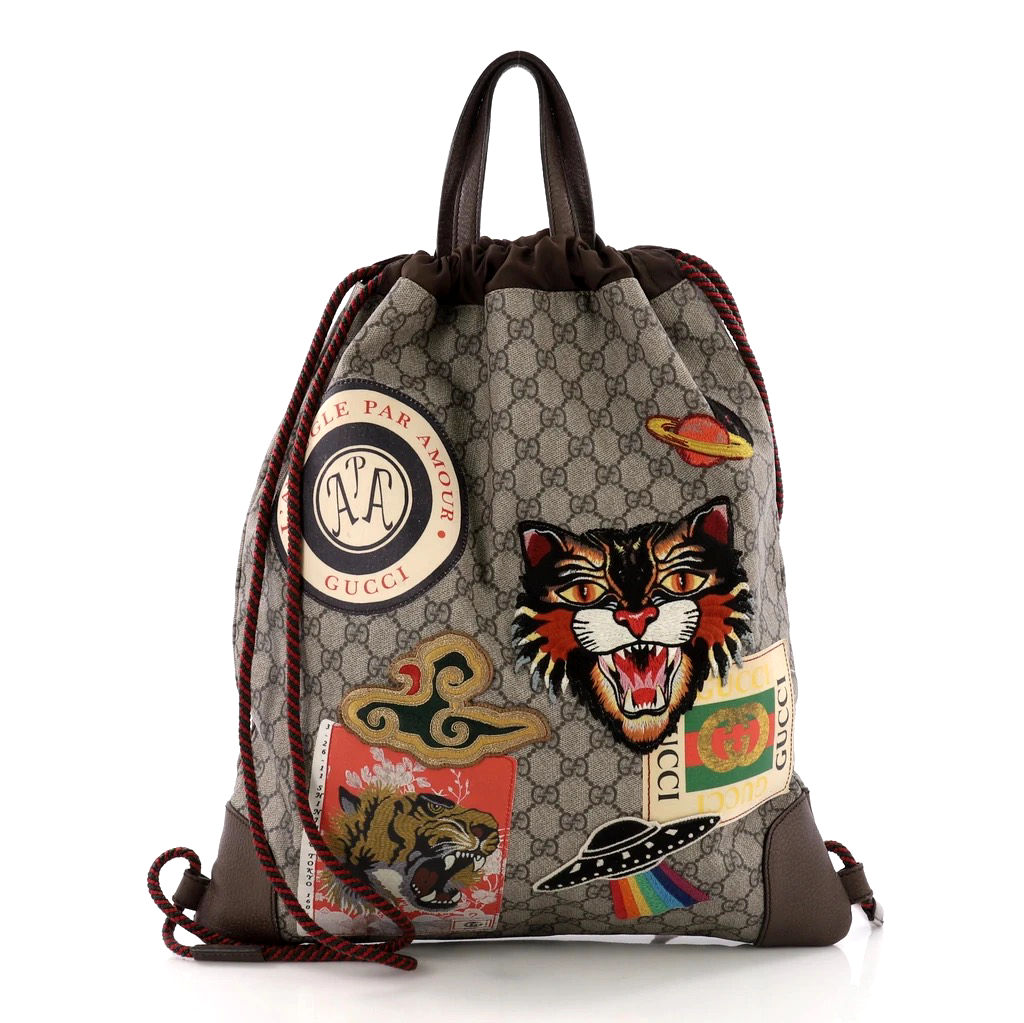
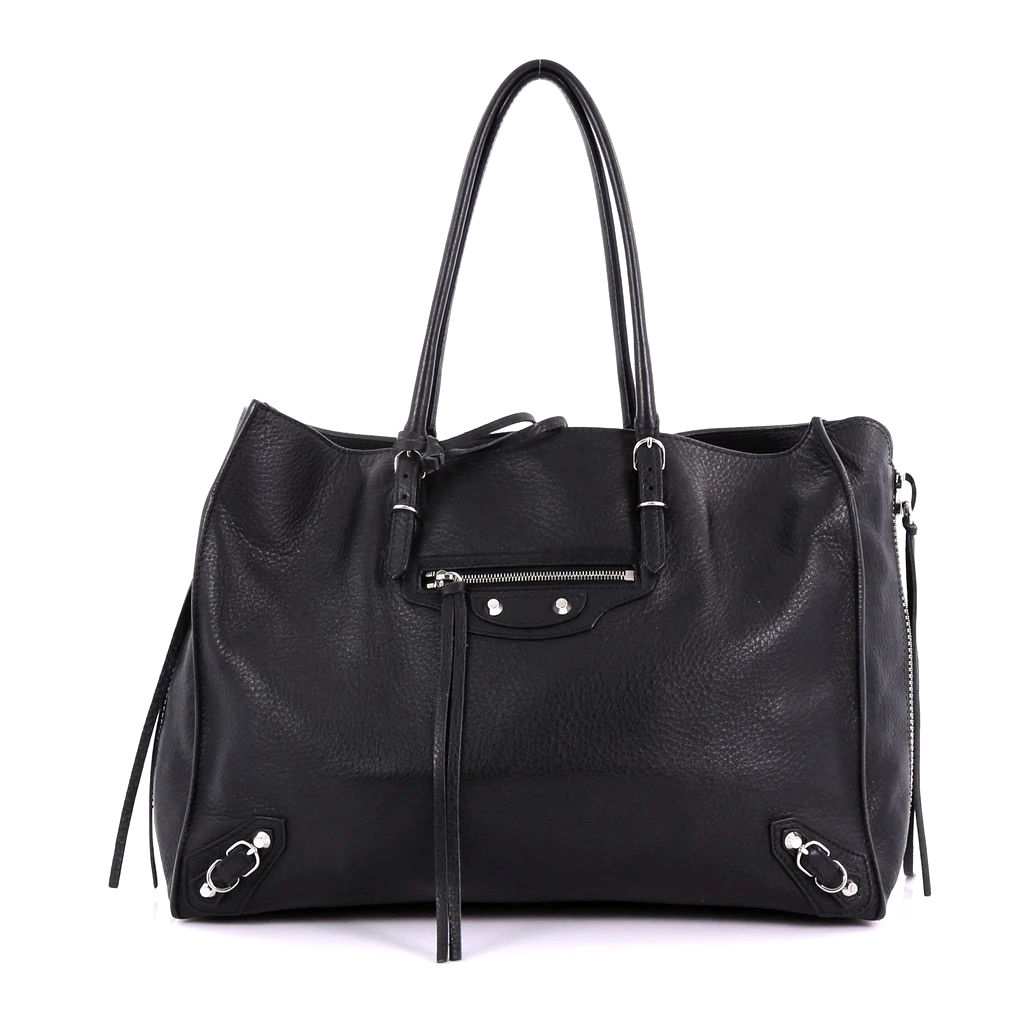
Hobos and soft structure bags should be mildly stuffed since they are generally able to keep their primary shape on their own while in use. When in storage, however, it is a good idea to add stuffing for extra support to prevent any misshaping, since these bags are prone to collapsing at the sides.
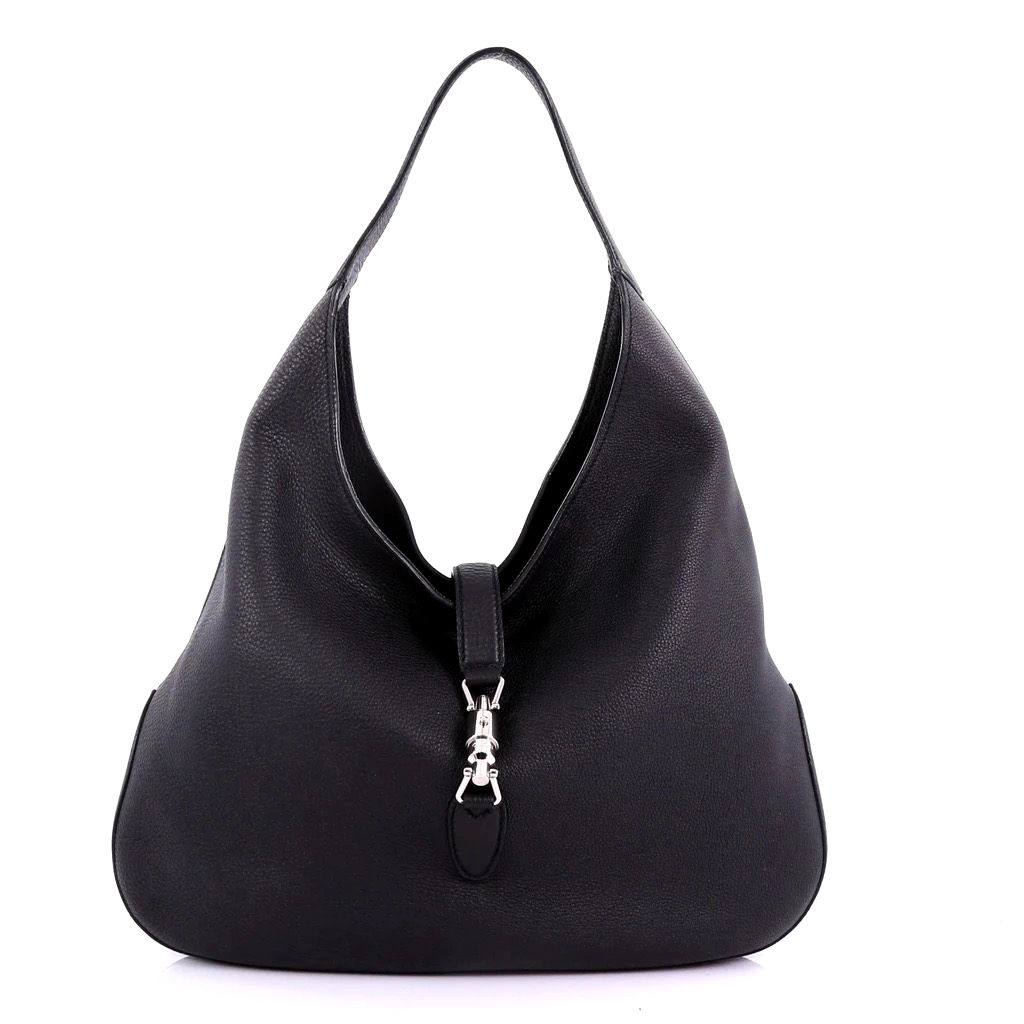
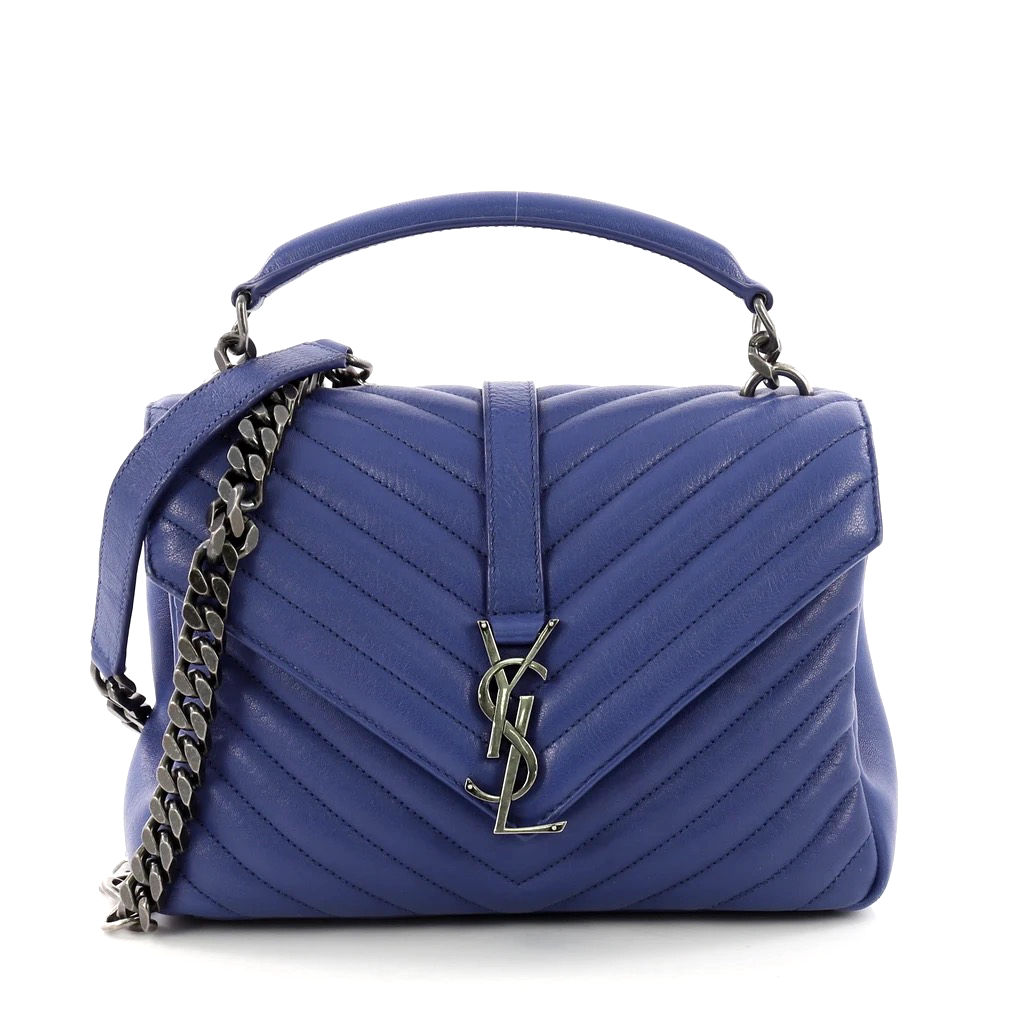
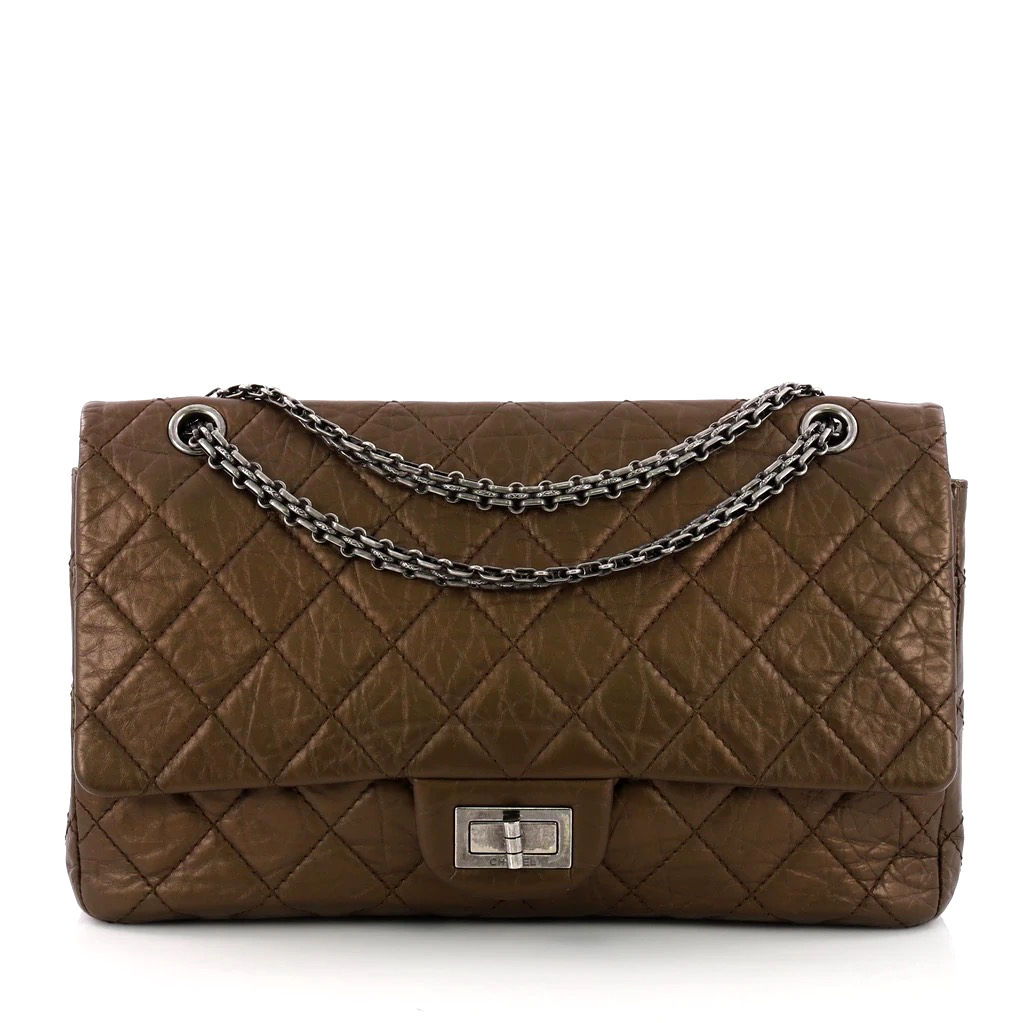
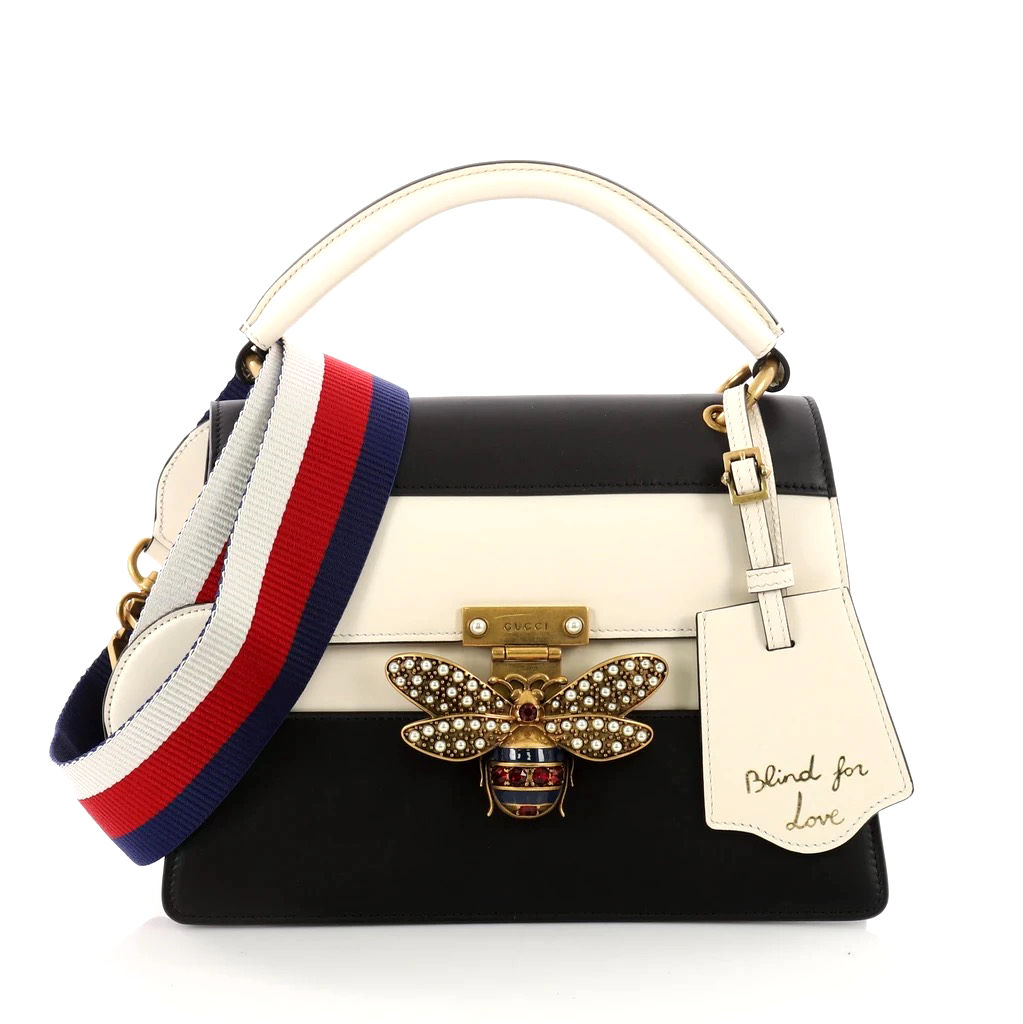
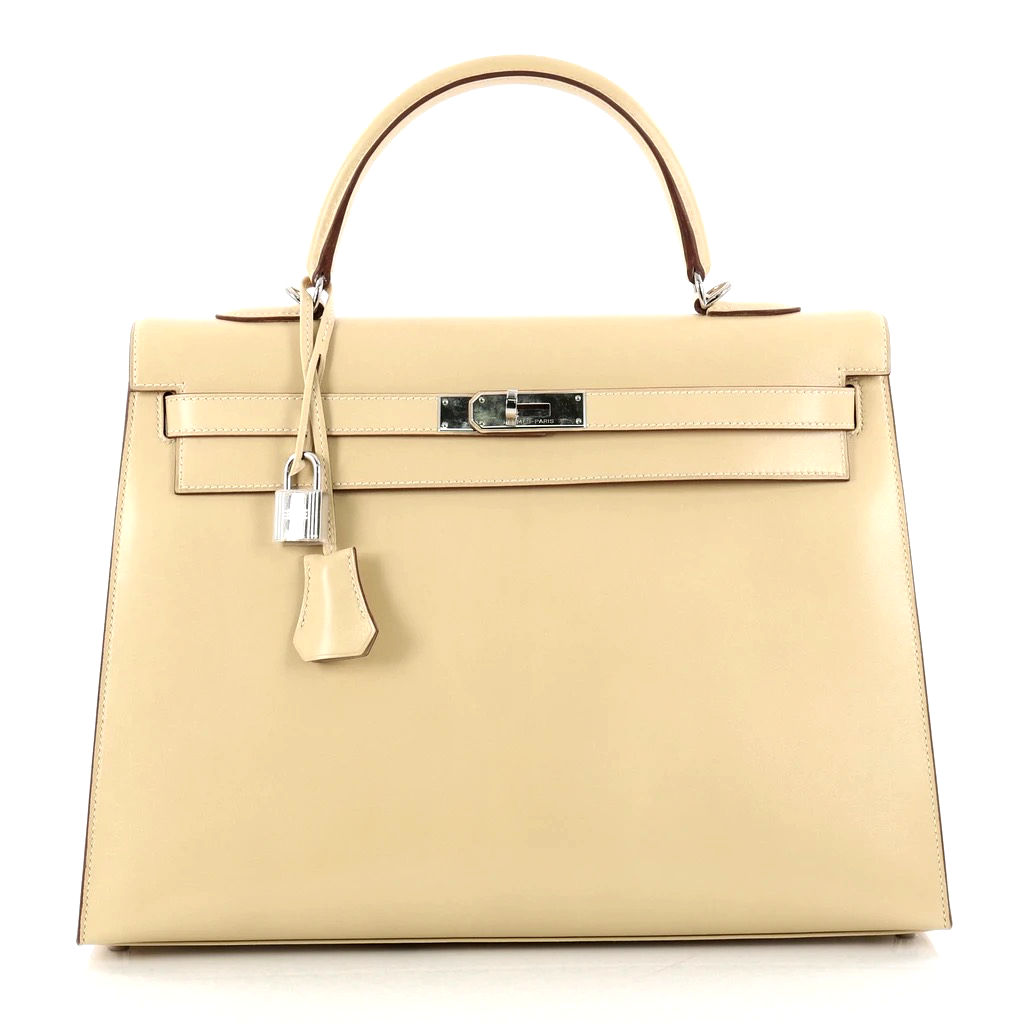
Structured bags keep their shape overall when in use. Unfortunately, the base of models like this do not have the sturdiest interfacing, meaning when left unstuffed the bottoms tend to fold out and down, or what is referred to as “bottoming out”. The best way to prevent this from happening is not only to densely stuff (but not overstuff) them when in storage but to also use either a base shaper or structured handbag organizer when in use. This will put less strain and weight on the base, preventing any bottoming out.
Finally, the sturdiest bags are rigid bags which do not require stuffing. Over an extensive period of time (most likely decades), the leather of these types of bags and the sturdy interfacing layer will soften and the shape of the bag may begin to shift. This is not something that is common with these bags but, preventatively, you can stuff your bag. Stuffing will most likely only prevent moisture build-up in the immediate future.
Stuffing Options
From affordable to luxe, luckily there are many stuffing options on the market today.
1) Acid-Free Tissue Paper
The first option is cost-effective and has the ability to be used for a myriad of bag sizes. This can be made into pillow-like shapes for specific bags in your closet or stuffed loosely to take up larger areas of space in items such as totes.
2) Ink Free Newsprint Paper or Packing Paper
Both of these options are very similar in weight and durability. Depending on the bag, both options can be used in the same way as acid-free tissue paper mentioned above. Due to the thickness of these two papers, they are some of the better options for loosely stuffing large totes to take up the extra space.
3) Old Unprinted White T-Shirts
Sometimes we have items around the house that don’t seem to have any more purpose. This is a great way to repurpose old white t-shirts that you may otherwise be throwing away or donating. These should be clean and unprinted. Printed items may transfer to the interior of your bag and cause damage.
4) White Towels
Rolled up, white cotton towels make a great option for stuffing large totes. This is not only a good way to care for your bag, but a dual purpose storage option for hiding away towels!
5) Custom Pillows
If you’re an avid collector, this is one of the best options for the care of your handbags. This does fall on the pricier side of care depending on the size of your collection. There are hundreds of options for handbag pillows for dozens of designers and models. They come in all shapes and sizes and are generally made out of satin to prevent scratching.
Materials To Avoid
While it is understandable that you may want to use what you have on hand, keep in mind that some of the following materials can be more detrimental than helpful.
Small Decor Pillow
These may seem small enough but the improper shape will not allow for the proper support of your bag. If they are squeezed into your bag, this will cause bulging and stretching of the material.
Air Pillows
These packing materials sometimes come from packages delivered to your home. For the short term, these are a decent alternative. However, for the long term, these pillows deflate and do not provide enough support to your bag and if stored in inaccurate conditions, may cause discoloration or damage if they stick to the interior of your bag.
Plastic Grocery Bags
This is something that should never be used in your bags. Most plastic bags have prints on them, and this ink will discolor the interior of your bag, even if you turn them inside out. Unfortunately, plastic bags are surprisingly porous and the ink will bleed through over time.
As the handbag authority, Rebag is committed to providing in-depth insight into the proper care of your handbags to ensure they last for years to come.

